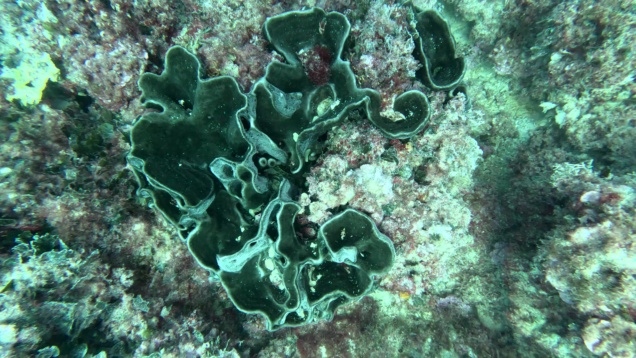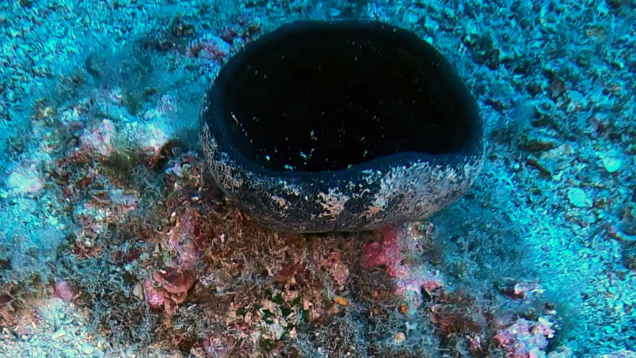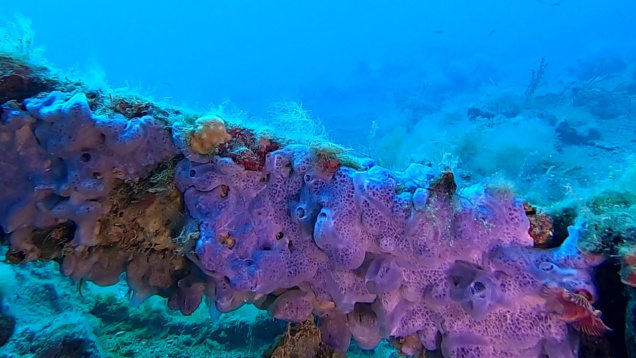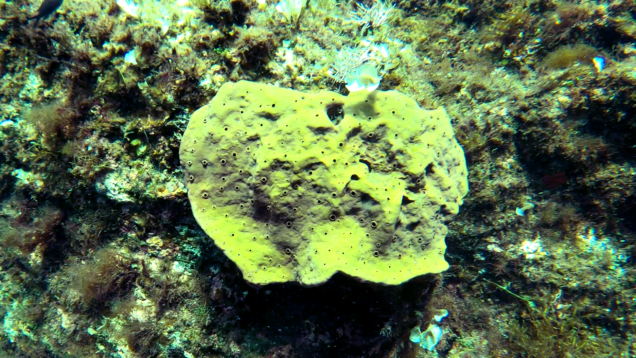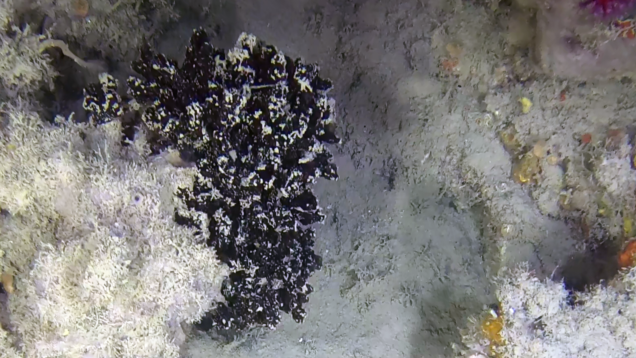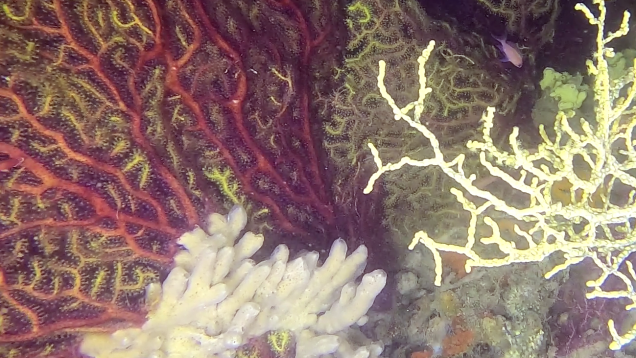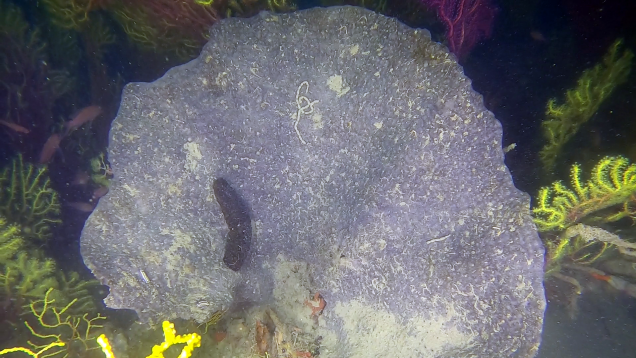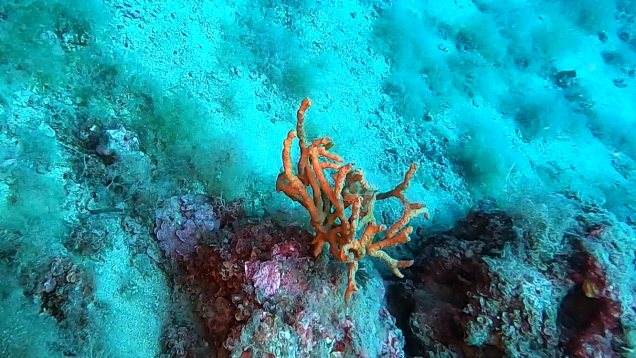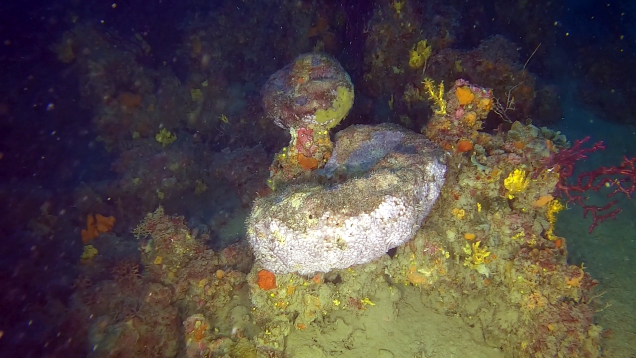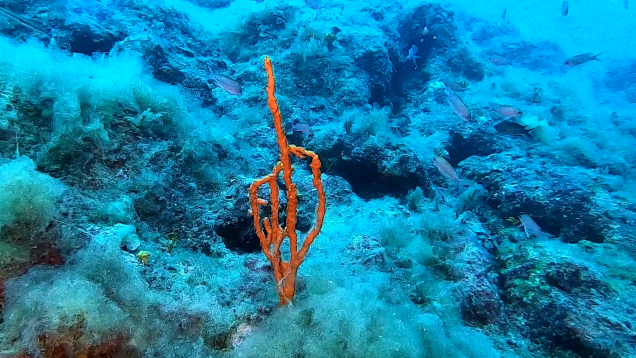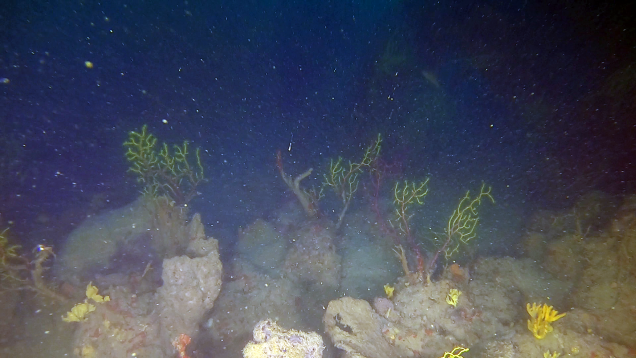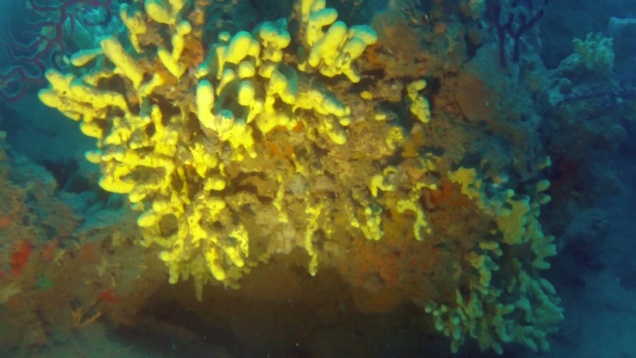Unknow species
This video was taken last Saturday (14/10/2023) during an inshore dive at about 15 meters deep. I mention the precise date because during the canonical 3 minutes of decompression at a depth of 3 meters hanging from the chain of one of the "safe water" signaling buoys, about 200 meters from the rocky and jagged coast, I decide to check the temperature of the water and the computer measured 25°C. ...




